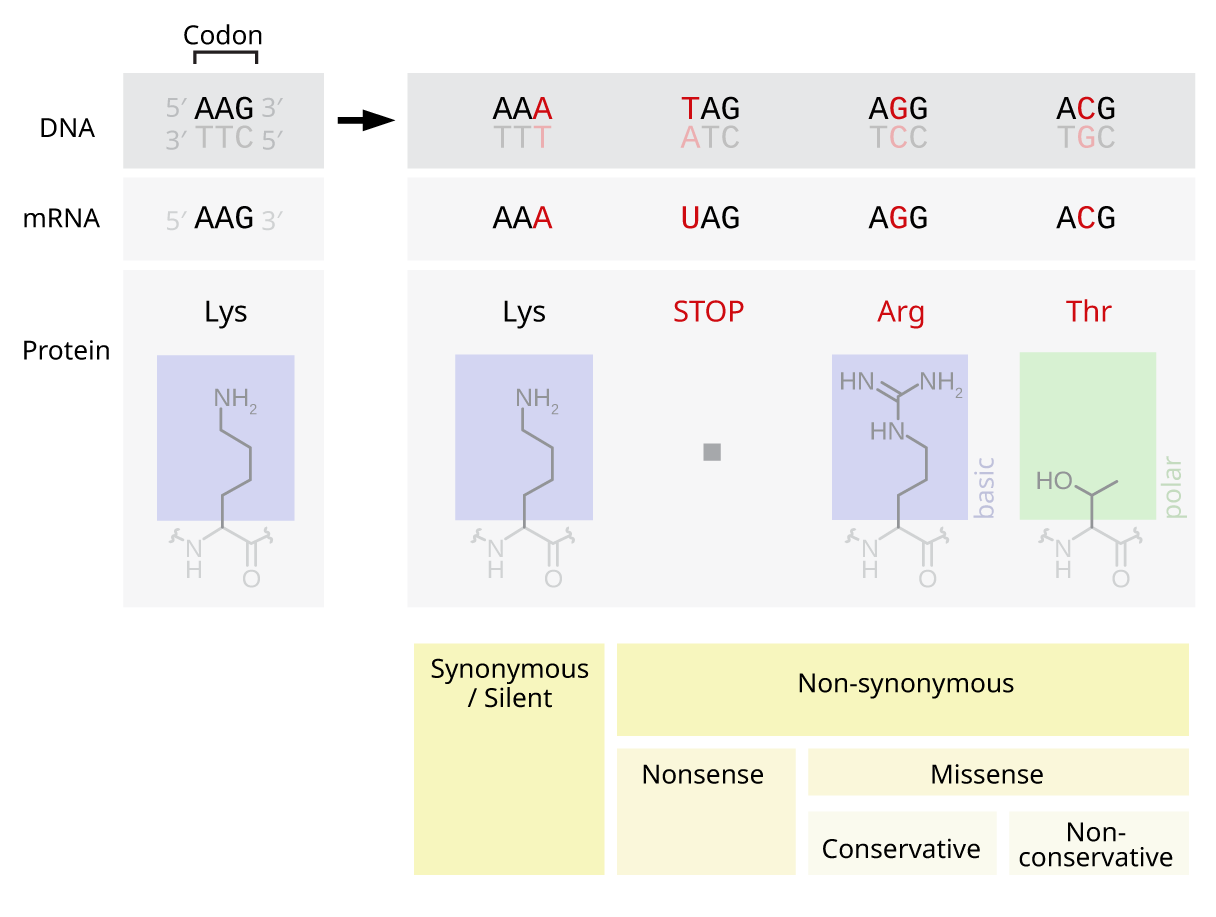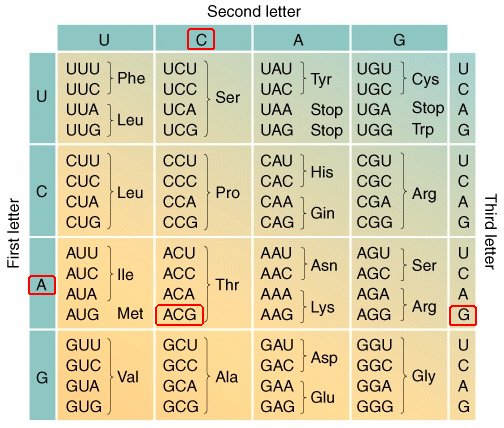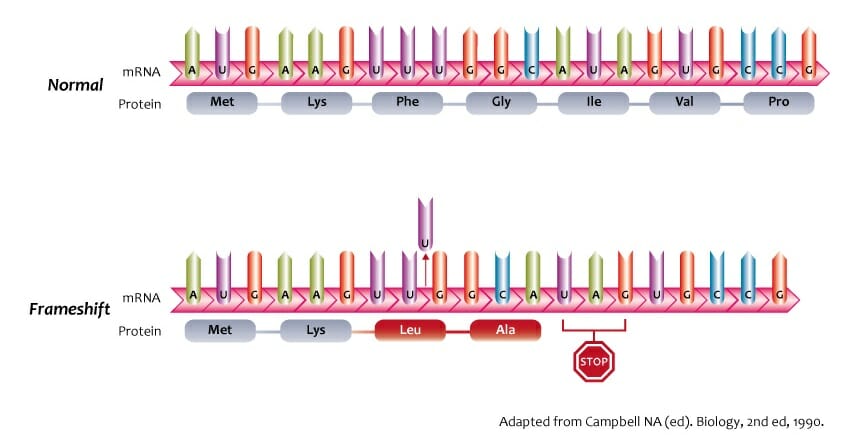BS5002 - Cellular Biochemistry (TERM 2 | WEEK 1 - Genetics & human disease)
Key learning objectives list:
- LO1 - Understand cosegregation and linkage
- LO2 - Understand lyonization of X chromosomes in females
- LO3 - Understand chromosomal disorders
- LO4 - Understand the types of chromosomal mutations
- LO5 - Understand Mendelian and non-Mendelian inheritance (with examples)
LO1 - Understand cosegregation and linkage
Cosegregation: The transmission, together, of 2 or more genes on the same chromosome, as a result of their being in very close physical proximity to one another (i.e., linked).
So what is gene transmission? Quite simply, it is the transfer of genetic information, typically from a parent to a child (although it can be an intracellular transfer too).
So what is gene transmission? Quite simply, it is the transfer of genetic information, typically from a parent to a child (although it can be an intracellular transfer too).
Linked Gene 1 and 2 are likely to be cosegregated (transmitted together from parent to child) due to their close proximity.
- Linked genes have a recombination frequency that is less than 50%
- Genes located on different chromosomes have a recombination frequency equal to 50%
LO2 - Understand lyonization of X chromosomes in females
Lyonization is the process of random inactivation of one of the copies of the X chromosome in females.
The inactive X chromosome in females is packaged into heterochromatin, rendering it transcriptionally inactive (remember; heterochromatin is tightly bound whilst euchromatin is loose and thus transcribable).
Cats as a visual example of lyonization
A classic example of lyonisation (X-inactivation) - the Calico cat
In cats, genes coding for fur colour are exclusively contained within the X chromosome. There are 2 alleles: XB (black) and Xb (ginger).
- Males have only 1 X chromosome, meaning they have 2 possible genotypes: XB (black) or Xb (ginger).
- Females have 2 X chromosomes, meaning they have 3 possible genotypes: XB/XB (black), Xb/Xb (ginger) or XB/Xb (calico).
We can therefore describe a calico cat as being heterozygous at the coat colour locus. This means that the organism has two alleles for one specific trait. Zygosity is the measure of similarity of alleles for a specific trait in organisms. Non-calico female cats would therefore be homozygous at the coat colour locus (Xb/Xb or XB/XB).
LO3 - Understand chromosomal disorders
Chromosomal disorders are the result of abnormalities in the number or structure of chromosomes.
Abnormalities in the number of chromosomes
Humans typically have 46 chromosomes (23 pairs). In certain disorders, humans can be born with either one extra or one missing chromosome, resulting in too many or too few genes being expressed.
Abnormalities in the structure of chromosomes
Some examples include...
Disorders typified by chromosomal breakage or abnormal structure are known as chromosome instability syndromes.
Abnormalities in the number of chromosomes
Humans typically have 46 chromosomes (23 pairs). In certain disorders, humans can be born with either one extra or one missing chromosome, resulting in too many or too few genes being expressed.
A child with Down's Syndrome - a disorder where the child is born with 3 copies of chromosome 21. This is why it is sometimes called Trisomy 21. Occurs in around 1 in every 700 births.
Turner Syndrome is typically the only full monosomy seen in humans - a single X chromosome. Other instances of monosomy in other chromosomes will usually be fatal. Occurs in 1 in every 2500 female births.
Abnormalities in the structure of chromosomes
Some examples include...
- Deletions: a segment of the chromosome is missing or deleted.
- Insertions: a segment of the chromosome has been deleted and inserted in the an abnormal position
- Duplications: a segment of the chromosome has been duplicated, resulting in extra genetic material
- Translocations: a segment of the chromosome is transferred to another chromosome
- Inversions: a segment of the chromosome is broken, and switched upside down
Disorders typified by chromosomal breakage or abnormal structure are known as chromosome instability syndromes.
LO4 - Understand the types of chromosome mutations
Point mutations
Point mutations occur when a single when a single nucleotide is changed, added or deleted in the DNA or RNA sequence.
A series of point mutation types, and their effect (silent/nonsense/missense)
One classic example of this is in the case of sickle cell anaemia.
The result of this mutation is production of abnormally shaped red blood cells which can sometimes become stuck in the blood vessels. This is an example of a missense mutation.
Silent mutations are able to occur because multiple codons can code for the same amino acid.
The genetic codon table. Some amino acids, such as serine, can be coded for by 4 different codon sequences. Others, such as the 'start codon' methionine, only have one (AUG).
Frameshift mutations occur when there has been an insertion or deletion of a base pair, resulting in a shifting of reading frame across the whole gene. These type of mutations typically have drastic consequences for the protein being expressed.
An example of the consequences of a nucleotide removal cause a frameshift mutation. In this case, some amino acids in the sequence have changed and an erroneous premature stop codon has been created (UAG).
LO5 - Understand Mendelian and Non-Mendelian inheritance
By examining family patterns of inheritance, we can determine whether a mutation is:
- X-linked or autosomal (any chromosome that is not a sex chromosome)
- Dominant (requires 1 allele) or recessive (requires 2 alleles)
Autosomal dominant inheritance
Only one copy of the diseased allele is required for the individual to be susceptible to the phenotype. Myotonic muscular dystrophy and Huntingdon disease are examples of this type of disease.
Child will have a 50% chance of inheriting disease from the parent.
Autosomal recessive inheritance
Two copies of the diseased allele are required for the individual to be susceptible to the phenotype. Sickle cell anaemia and cystic fibrosis are example of this type of disease.
When both parents are carriers, a child will have a 50% of being a carrier and a 25% of being affected.
X-linked dominant inheritance
Only one copy of the diseased allele is required for the individual to be susceptible to the phenotype. Whilst both males and females can inherit these disorders, males are typically affected more severely (in some cases lethally) as they only have a single X chromosome.
Examples include hypophosphatemic ricketsm, oral-facial-digital syndrome type I, and Fragile X syndrome.
- If a father has a diseased allele, 100% of his daughter will inherit the disease (as female have a copy of the X chromosome from both parents). None of his sons will inherit the disease (males only receive a copy of the X chromosome from their mother).
- If a mother has a diseased allele, both male and female children will have a 50% chance of inheriting the disease.
Male parent affected - 100% daughter inheritance, 0% son inheritance.
Female parent affected - 50% chance of inheritance in children, regardless of sex.
X-linked recessive inheritance
Two copies of the diseased allele are required for the individual to be susceptible to the phenotype. Since males are hemizygous (containing only 1 copy of a gene) for X-linked genes, a male with a single copy of a recessive X-linked gene will still be affected.
Examples include Duchenne muscular dystrophy, hemophilia A and hypohidrotic or anhidrotic ectodermal dysplasia.
Only male parent affected - no son will be affected, but daughter will have 50% chance of being a carrier.
Only female parent affected - son will have 50% of being affected, daughter will have 50% of being a carrier.















Comments
Post a Comment